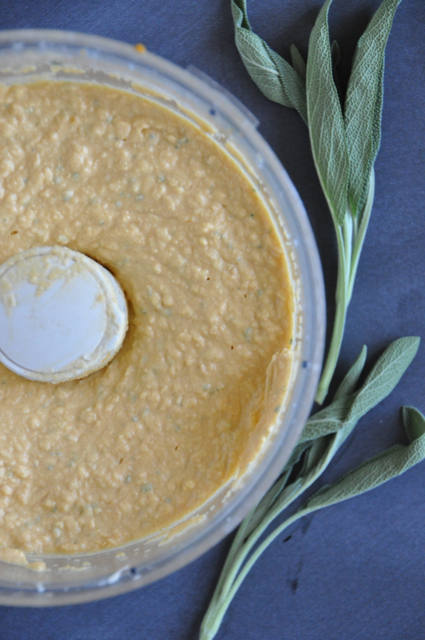Even for beginner-level cooks, sage is a beautiful and robust herb that should be introduced into recipes early on in the experimenting process. This soft, leafy herb has a woodsy, slightly sweet and minty aroma and infuses dishes with a distinct flavor that screams all-things Thanksgiving. In addition to making dishes taste wonderful, sage also adds much nutritional value. The following notes are just a few reasons why you should start incorporating this unique into your recipes today. 
Health benefits: Sage is an incredibly healthy herb that carries a number of nutritional benefits. In fact, according to WorldsHealthiestFoods.com, sage won Herb of the Year in 2025 for its superior health-promoting properties. Sage is in the mint family and claims rosemary as a “sister herb.” It contains many volatile oils, flavonoids, and phenolic acids which boast such benefits as reducing inflammation, fighting free radicals in the body, and improving brain function.
According to AntioxidantsforHealthandLongevity.com, few people know that herbs like sage contain higher concentrations of antioxidants that many common fruits and vegetables. In addition, they contain a wider variety of antioxidants, which makes them one of the top antioxidant food sources available. For ways to sneak more sage into your daily diet, try adding it to dishes like smoothies, dips and soups for a fresh and flavorful spin.
Cooking methods: Depending on the type of sage you buy, there are may different uses for this versatile herb. NutritionandYou.com recommends three-lobed sage for tea, pineapple sage for desserts and drinks, and clary sage for infusions and perfumes. For more simple uses of sage try it in homemade sausages or paid with pork goose and lamb, as it aids in digestion and helps cut the heaviness of fatty meats.
You can also use sage in bean and potato dishes, risottos, tomato sauces and stuffings, which is why it’s such a common flavor on the Thanksgiving table. If you’re looking for complementary flavors try garlic, oregano, thyme, parsley, bay leaf and rosemary. As a general rule of thumb, add sage to your dishes toward the end of the cooking process to ensure the flavor says fresh and well preserved.
Recipes:
Sweet Potato and Toasted Sage Dip
Herb-Orange Turkey Breast with Roasted Pear Gravy
Biggest Loser Breakfast Sausage
Baked Pumpkin Fettuccini Alfredo from How Sweet It Is
